(216 products available)

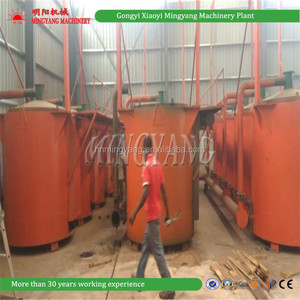

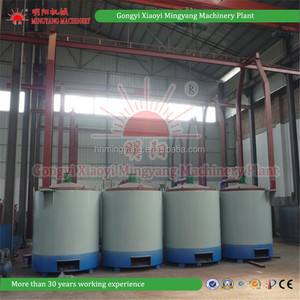
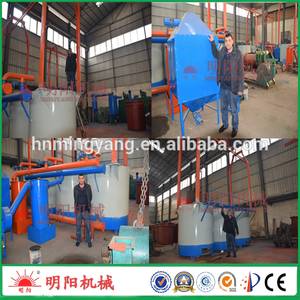


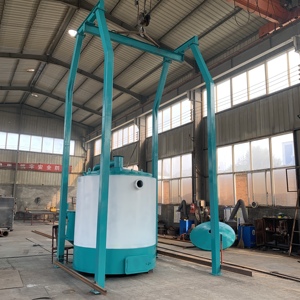
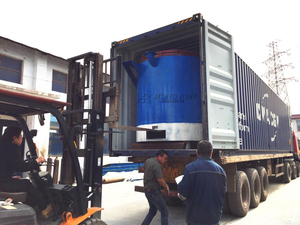
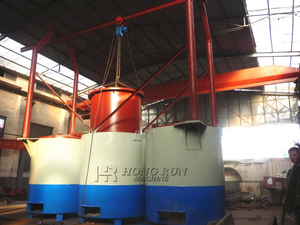
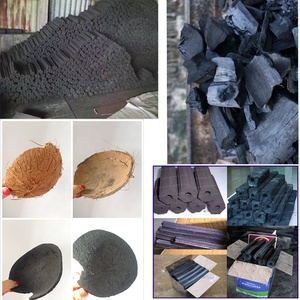
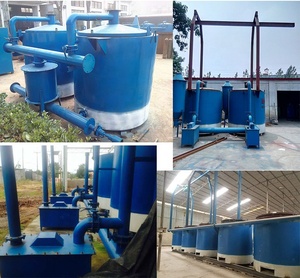




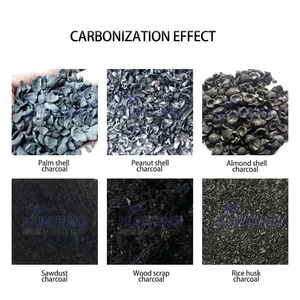
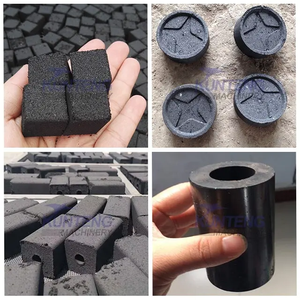


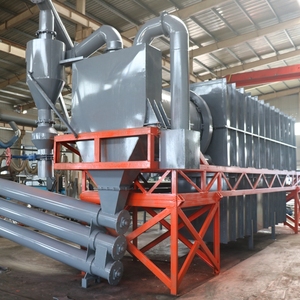
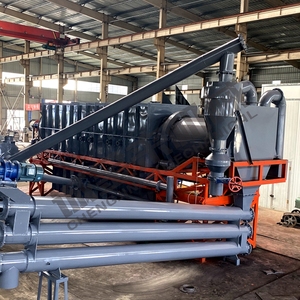

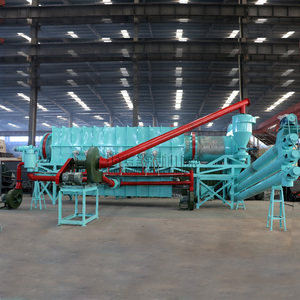


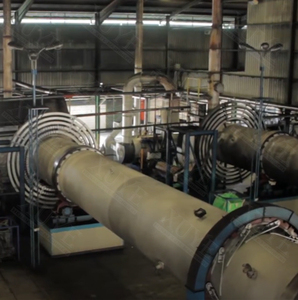
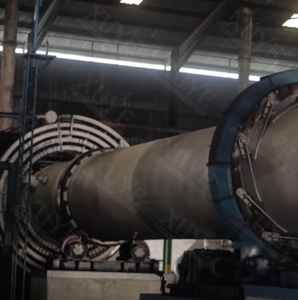

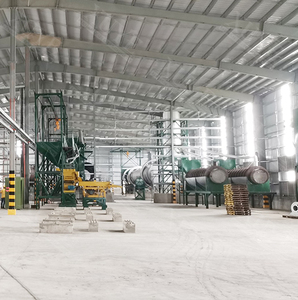

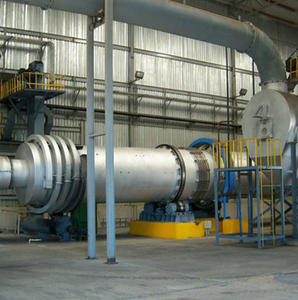
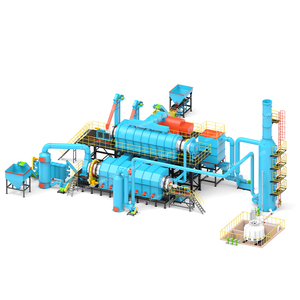
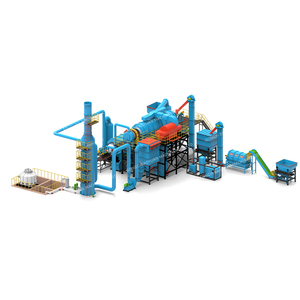



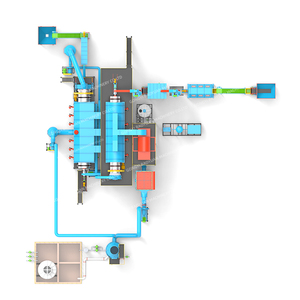
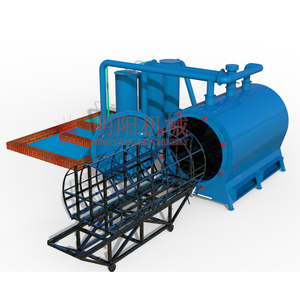

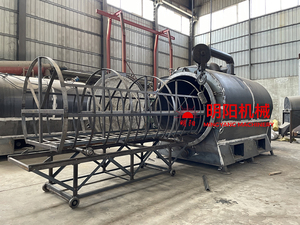
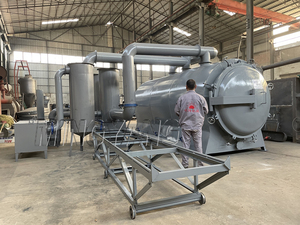
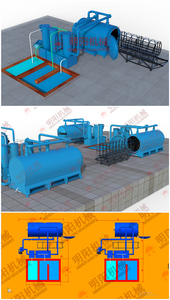
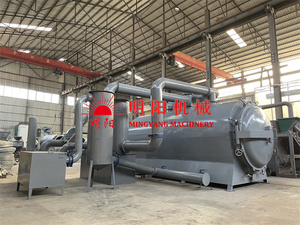
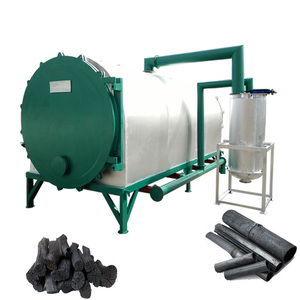

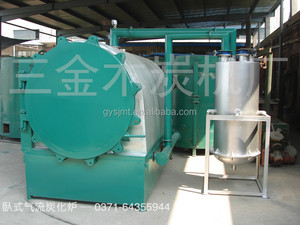
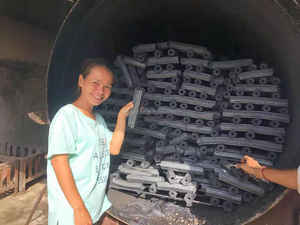




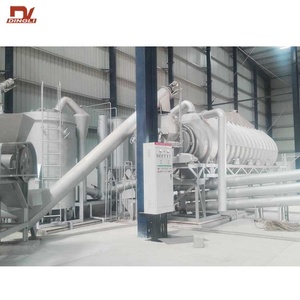

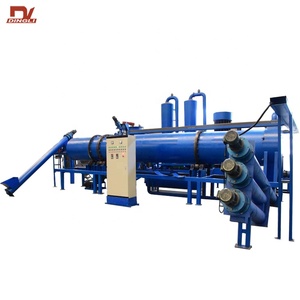
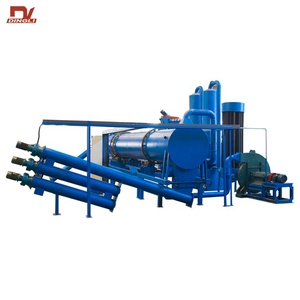

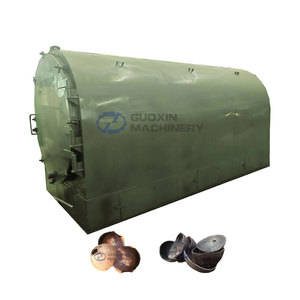


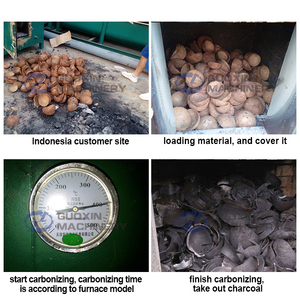



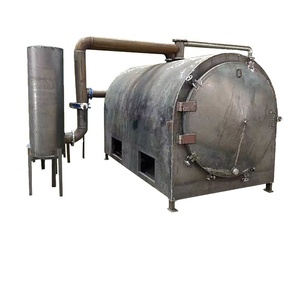
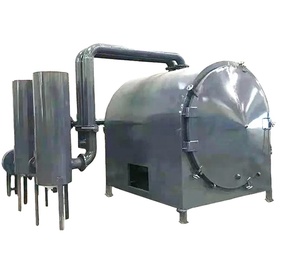
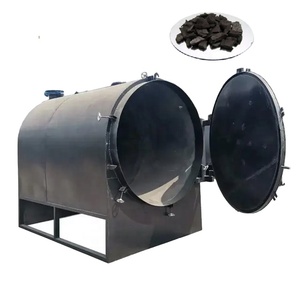



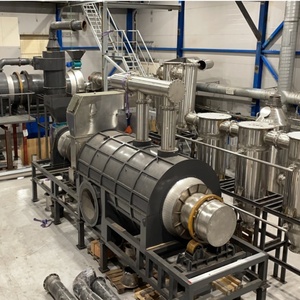
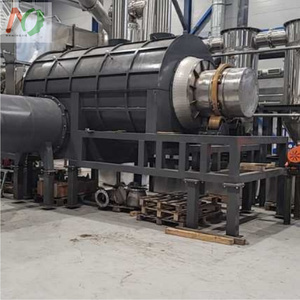
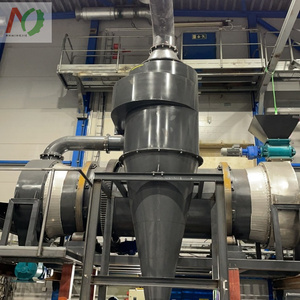
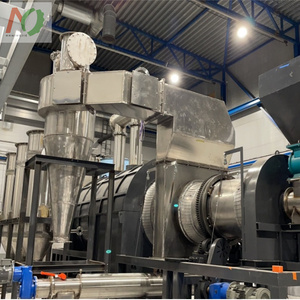
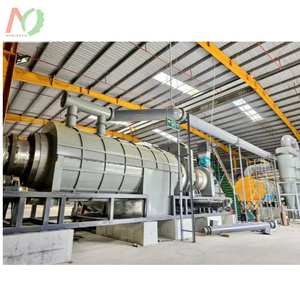
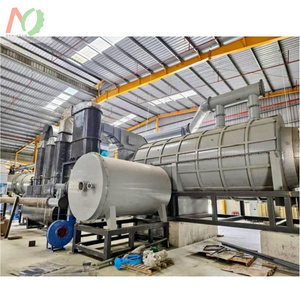
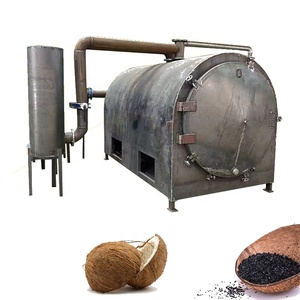
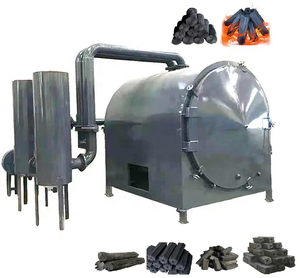
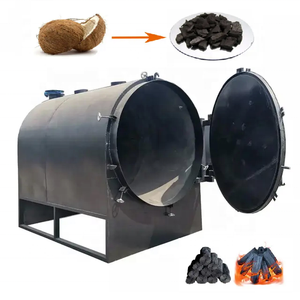
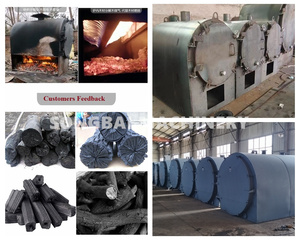
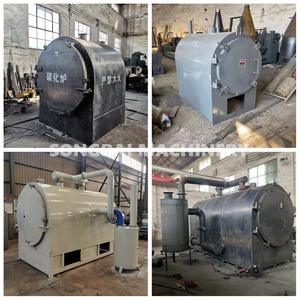

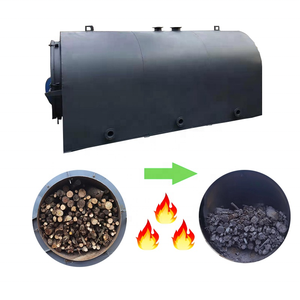
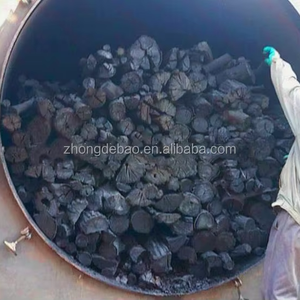


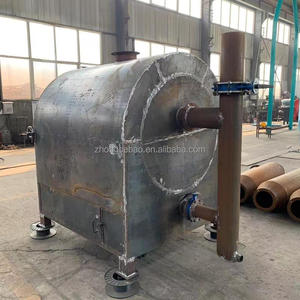
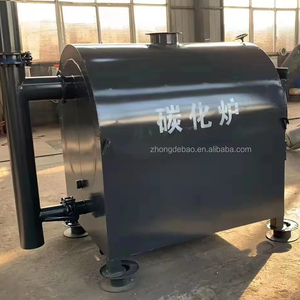


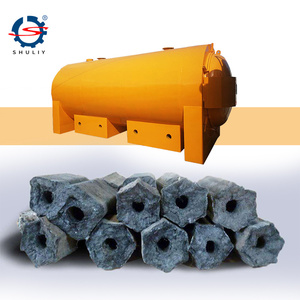
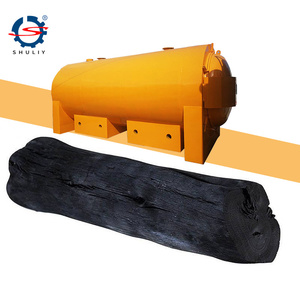
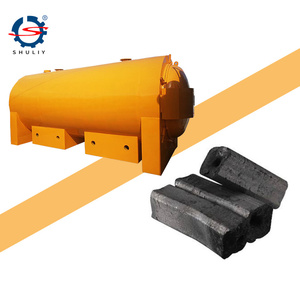
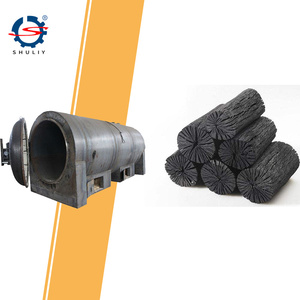

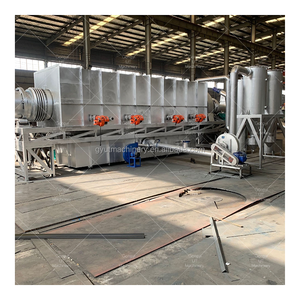
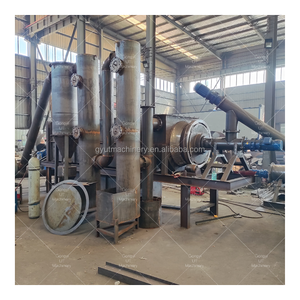
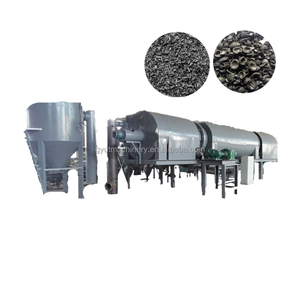
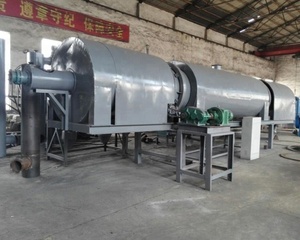

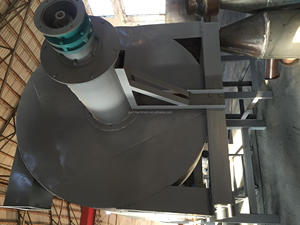
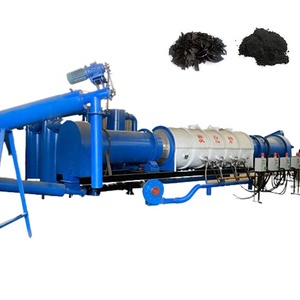
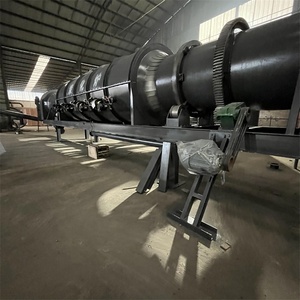
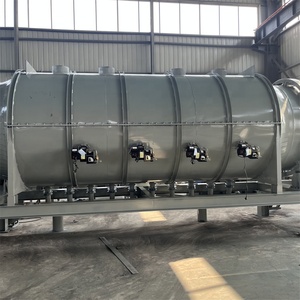
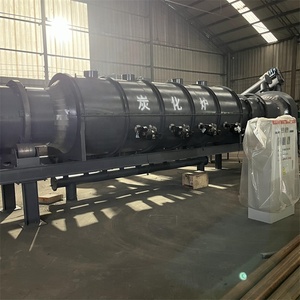
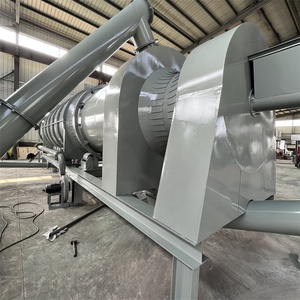
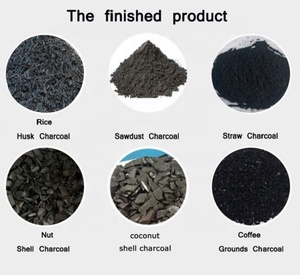

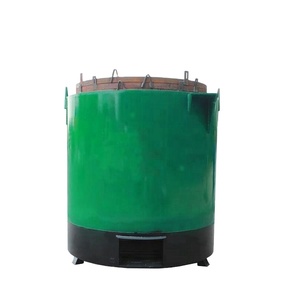
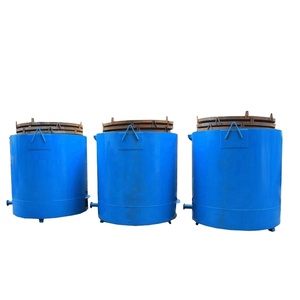


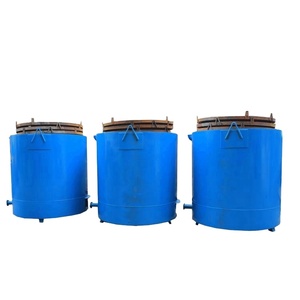

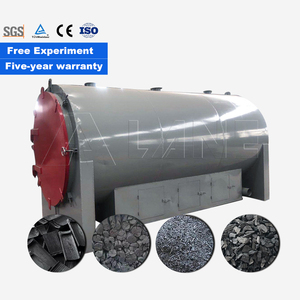

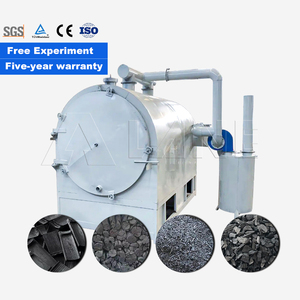
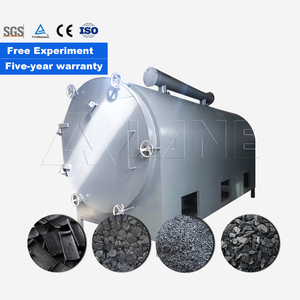
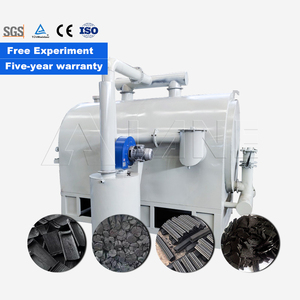

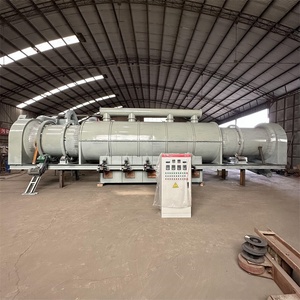

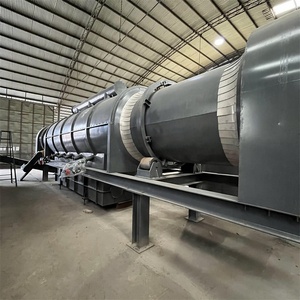
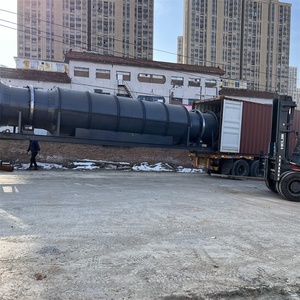
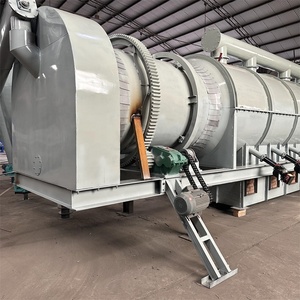

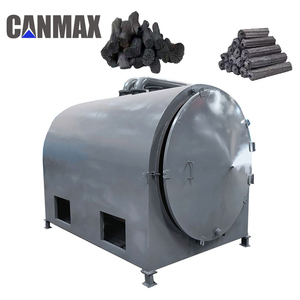
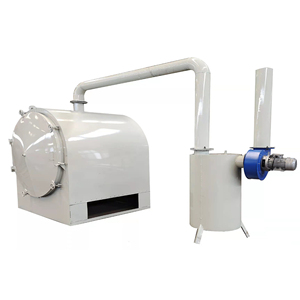
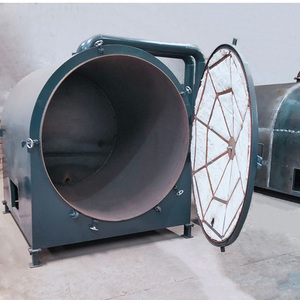
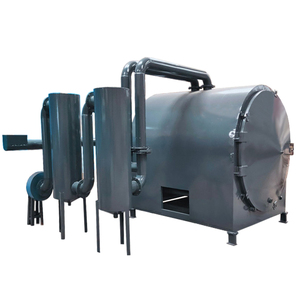

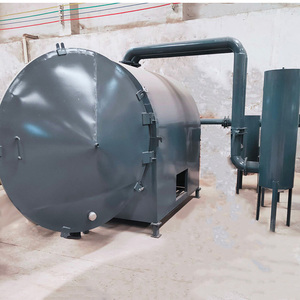
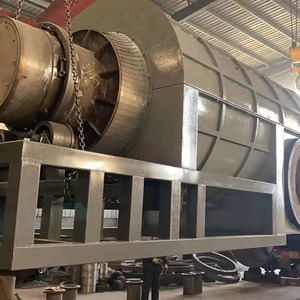
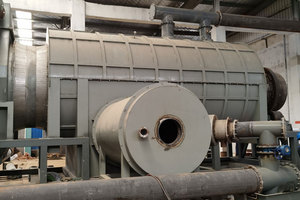

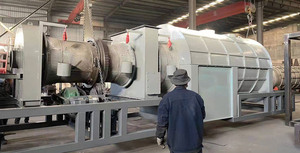



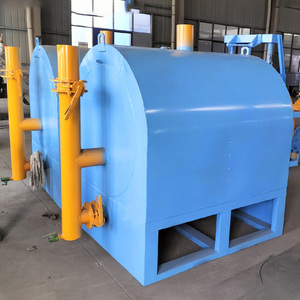

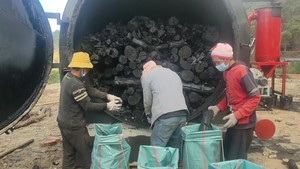
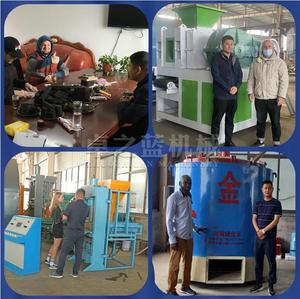


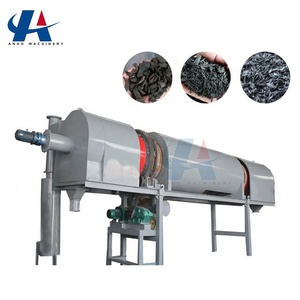



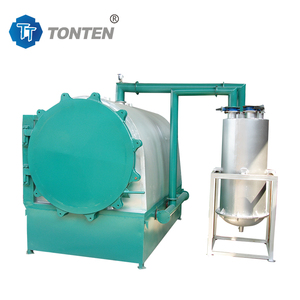

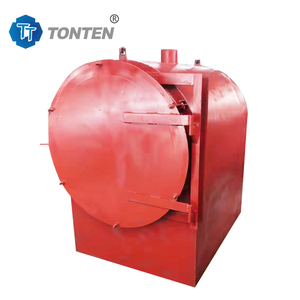
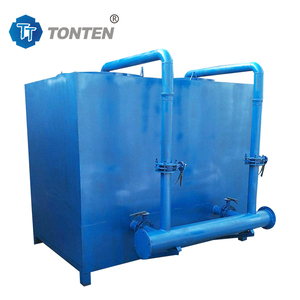

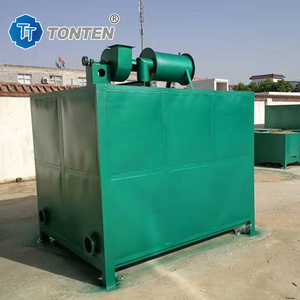


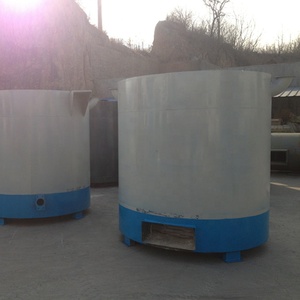







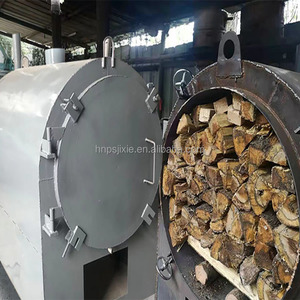
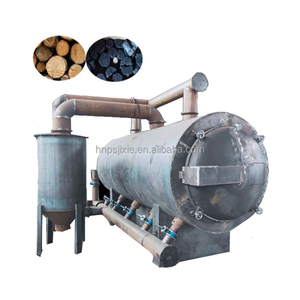

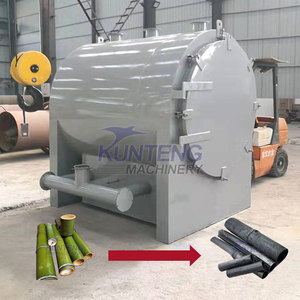
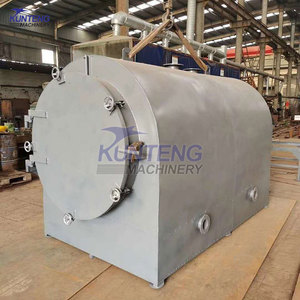

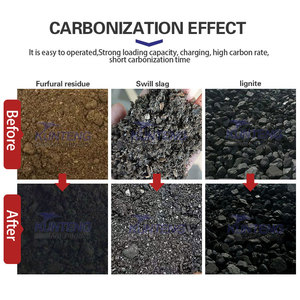
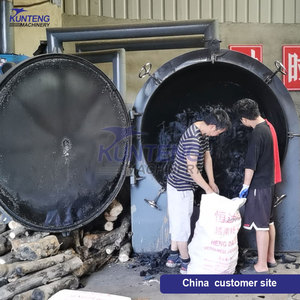
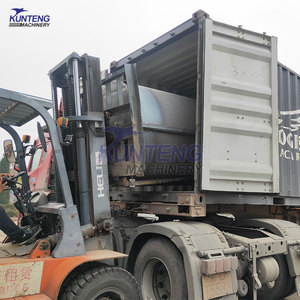


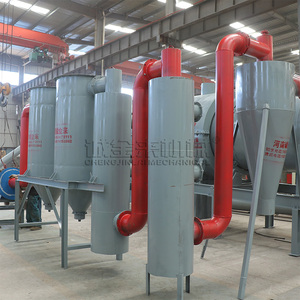
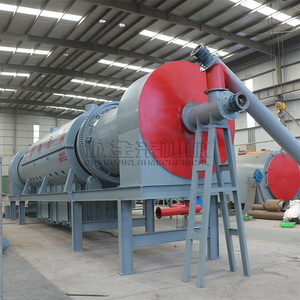

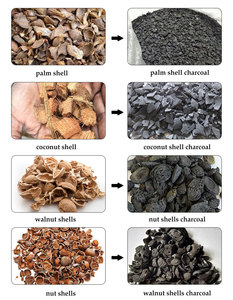
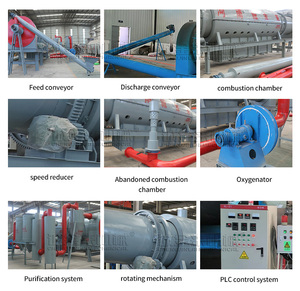


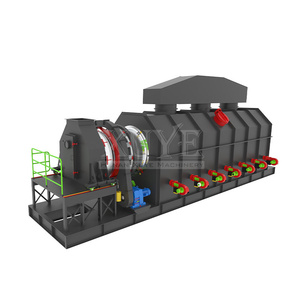
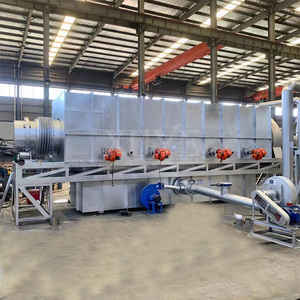
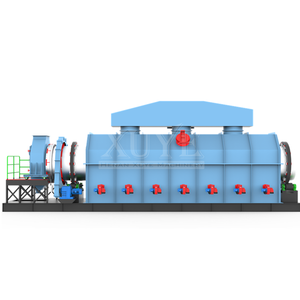

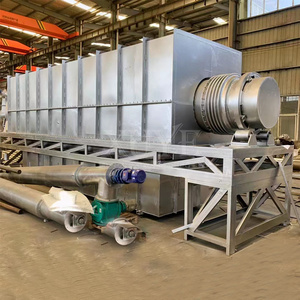
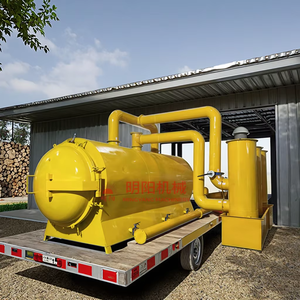

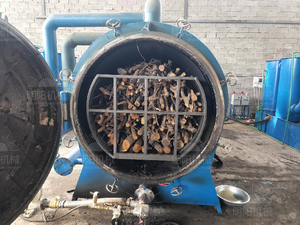
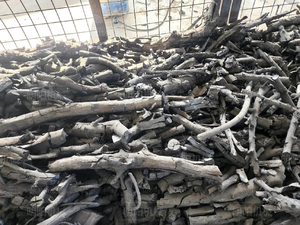


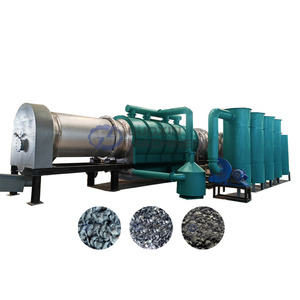
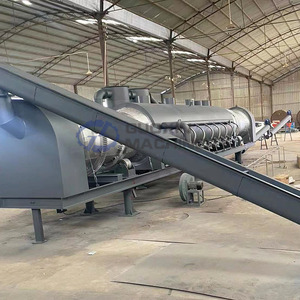
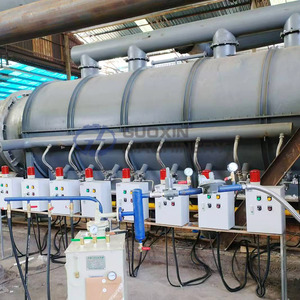

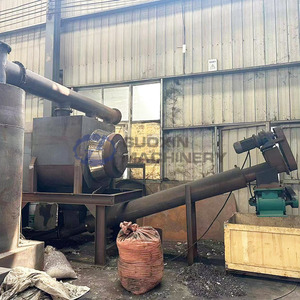






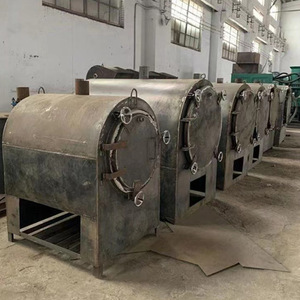





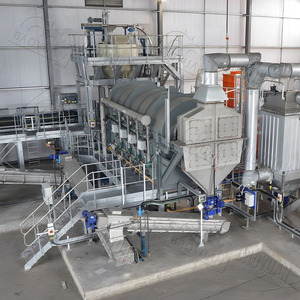
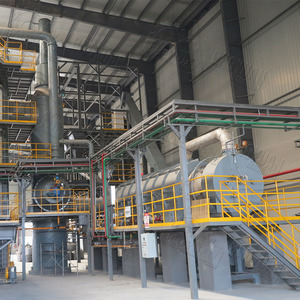
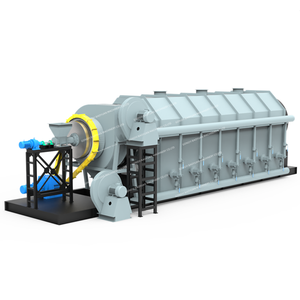
A carbonization kiln refers to an industrial furnace used for carbonizing many organic materials like wood, straw, bamboo, fiber, palm, etc. Different types of carbonization kilns have different working principles and production processes. Here are four popular types of carbonization kilns used for carbonizing palm kernel shells and other biomass materials.
Traditional carbonization kiln
This carbonization kiln is a fixed facility with a dome shape, which is popular in rural areas. It is normally built underground or partially buried aboveground. Both the interior and exterior are made of clay or soil, which is a mixture of organic plant fibers and water. Traditional carbonization kilns produce charcoal through an anaerobic method. The process takes about months to years. Meanwhile, the yield rate is very low. The disadvantage is that it occupies a large area and is not suitable for commercial production use.
Circular charcoal kiln
The circular charcoal kiln is a modernized fixed carbonization kiln. The exterior is built with steel plates, and people can move and control the position of the carbonization kiln. Materials like palm kernel shells are carbonized without oxygen. Therefore, the end products of this type of carbonization kiln are usually charcoal or ash. This machine needs to be heated manually. It requires around 15 hours to 3 days to produce end products. The circular charcoal kiln is suitable for small-scale production and cannot meet large commercial demands.
Rectangular charcoal furnace
This kind of machine has a similar appearance to a traditional rectangular kiln. It is designed to carbonize biomass materials like palm kernel shell thoroughly and uniformly. The carbonization temperature and time are more controllable, which can promote the efficiency of carbonization.
Charcoal machine with continuous feeding system
This machine uses heat generated from wood, coal, gas, or electricity. It has a unique feature of a continuous feeding system. The raw materials are carbonized at high temperatures of 500 to 900 degrees Celsius. The whole carbonization process takes around 30 minutes to 4 hours. The machine has an efficient working speed and a high carbonization rate of over 90%. Moreover, it is eco-friendly, producing less smoke. The palm kernel shell carbonization machine with continuous feeding is suitable for large-scale commercial production.
The efficiency of the carbonization kiln depends on its specifications and maintenance. Here are some key carbonization kiln for palm kernel shell specifications and maintenance requirements:
Type:
The carbonization kiln comes in various types, each requiring distinct maintenance approaches. For example, the traditional drum kiln relies on regular manual checks to ensure the oil drum kiln achieves optimal performance. Also, the maintenance of a rotary kiln involves identifying potential issues, such as external wear, rotary not turning, and seal problems, and promptly addressing them. This ensures the equipment functions effectively and continuously. On the other hand, a vacuum kiln palm oil wastes requires routine inspection of its oil pipes and vacuum systems to eliminate leaks. Also, ensuring the heating and cooling systems work appropriately.
Capacity:
The carbonization kiln capacity ranges from small to large. For instance, a small carbonization kiln may have a capacity of less than 1,000 liters. Maintaining a small carbonization machine ensures the biomass material feeds and ash removal occurs smoothly. Therefore, there will be little or no downtime. Also, large carbonization kilns require regular capacity checks to ensure they can process the palm kernel biomass efficiently and effectively within a specific timeframe.
Temperature Control:
Maintaining the appropriate temperature inside the carbonization kiln is critical to achieving the desired carbonization result. This also prevents the equipment from damage. Thus, operators must regularly monitor the temperature controllers and sensors. Also, ensure the heating elements respond properly to the temperature set points. They should also address any temperature fluctuations quickly and accurately.
Fuel Source:
The carbonization kiln's fuel source can be wood, charcoal, or other alternative energy. Proper fuel storage is important in carbonization kiln maintenance. The fuel should be stored in a dry and well-ventilated area to prevent moisture absorption and reduce the risk of mold growth. In addition, the fuel and feed system of the carbonization kiln should be cleaned periodically to ensure there is no obstruction to the fuel flow.
Carbonization kilns for palm kernel shells have many possible applications in different industries. Here are some scenarios in which these kilns may be useful.
Decide on a suitable carbonization method
Select a carbonization technique for palm kernel shell based on the business needs, such as the continuous carbonization furnace, batch carbonization furnace, or other appropriate carbonization methods. Each approach offers distinct advantages in productivity, cost, and automation that align with specific operational requirements.
Evaluate the energy source and consumption
Assess the carbonization furnace's available energy sources—such as electric, biomass, or coal gas—and choose one that matches the site conditions. Also, select a carbonization furnace with low energy consumption to reduce operating costs and environmental impact.
Consider the effective volume
The useful volume of the carbonization kiln should match the raw material processing volume. Purchase a carbonization kiln with an appropriate volume to ensure production efficiency while avoiding resources and space waste.
Examine the machine's construction quality
Select a carbonization kiln whose materials and manufacturing techniques are up to standard. Ensure that the carbonization furnace has a strong build to help prolong its life and reduce maintenance costs.
Look for out environmental effect
Choose a carbonization kiln that has efficient dust removal and wastewater treatment systems. This helps to control pollution emissions and meet environmental regulations.
Study the automation and control systems
Select a carbonization kiln with an easy-to-operate modern automatic control system for better managing the carbonization process. This kind of machine can enhance production efficiency and product stability.
Focus on after-sales support
Choose a supplier that carbonization furnace provides dependable after-sales services such as installation assistance, technical support, and upkeep services. These kinds of services can provide a long-term, worry-free operating experience for users.
Take the carbonization efficiency and yield
Pick a palm kernel carbonization furnace with great carbonization productivity and yield to guarantee the user's economic returns and market competitiveness.
Q1: Which materials can a carbonization kiln for palm kernel shell process?
A1: Besides palm kernel shells, other carbonization kilns can process wood, bamboo, straw, charred biomass, and paper waste, among others. These include biomass materials with high cellulose content that can carbonize to produce biochar.
Q2: What is the typical duration of the carbonization process in a carbonization kiln?
A2: The carbonization duration depends on the kiln type and material. For example, in an Updraft kiln, carbonization can take between 10-20 hours, while a Downdraft kiln may take longer, usually between 24-48 hours. Similarly, a retort kiln is faster, typically between 3-6 hours.
Q3: What kind of by-products can one expect from a carbonization kiln for palm kernel shells?
A3: The carbonization process involves the release of gaseous by-products such as syngas or smoke, which may contain tar, ammoniac compounds, hydrogen, methane, and other organic substances. The carbonization kiln may capture syngas, which is an energy source that the carbonization equipment can use to power itself or be refined for use in chemical applications. Depending on the specific process and technology employed, the potential by-products may include ammonia, acetylene, hydrogen cyanide, and many others.
Q4: Is there any way to optimize the output of a carbonization kiln?
A4: Yes. Specific parameters like temperature, residence time, and feedstock characteristics can be adjusted to optimize outputs such as yield and quality. Also, regular maintenance of the equipment ensures efficient operation and optimal output. Finally, the input material should be pretreated to enhance the carbonization process.
Q5: Is there a way to ensure the safety of the carbonization process in a carbonization kiln?
A5: Generally, when properly designed and operated, the carbonization process in a carbonization kiln is safe. Nevertheless, implementing safety measures such as gas leakage detection and explosion prevention systems is necessary. The commissioning of the kiln should occur before the initiation of the carbonization process to ensure that all systems are functioning correctly. Furthermore, the operators should be adequately trained and familiar with the carbonization process and safety protocols.